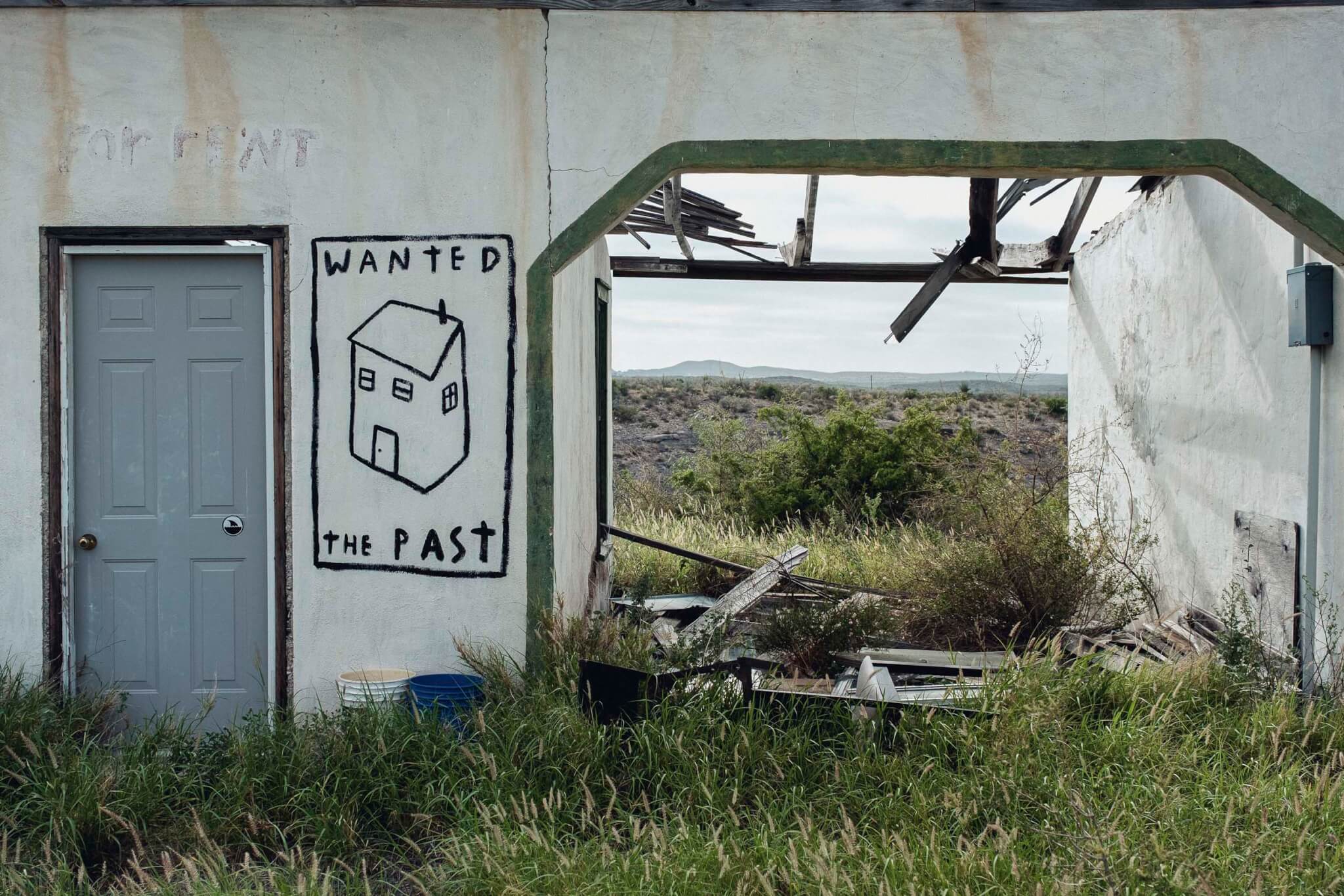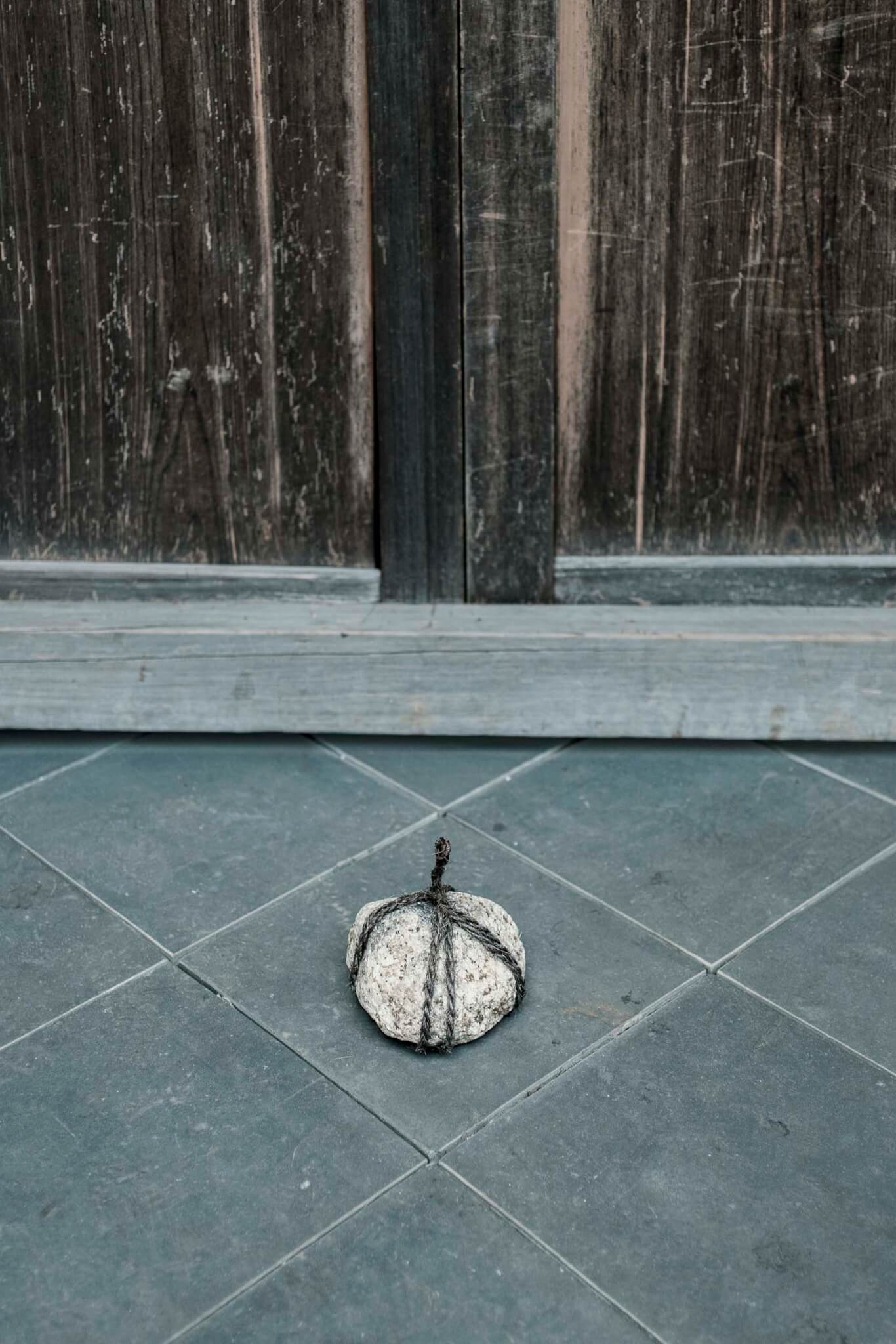A client once told me they hired a practice from a group of prospects because their architect poured them a glass of water on a hot day; other candidates had failed to do so. I’ve coached a firm to simply shake hands and introduce themselves before presenting to a community board, not during. I’ve seen a furious client sack a firm during their presentation because the architect asked them to make consequential decisions (affecting tens of millions of dollars) without the benefit of a look-ahead or a preread—in other words, without context.
When clients lament their experiences working with architects, they often say that the architects seemed distant, dismissive, or too cerebral. They speak of firms that charged too much or too little, offered too many or too few choices, sent too many or too few people or even the wrong people, had too many revisions or didn’t offer enough.
And I’ve experienced the truly fatal assessment by a client: My architect was brilliant; they just weren’t listening to me.
The Myth of the Good Client
Few people hire an architect in pursuit of mediocrity, and even fewer seek to design for novelty’s sake. There are no uninvolved patrons—those who fund imagination without offering criticism. Many architects wish for mythical, unicorn “good clients”: the ones who pay handsomely, on time, and offer no resistance to concepts.
Such clients do not exist. But real ones—curious, passionate, and engaged—do. The best of these clients want to participate. They’re excited about working with you. They want to be heard.
The most consistent breakdowns in architect-client relationships stem less from aesthetic failures, missed timelines, or blown budgets than from a failure to translate. Design is no one’s mother tongue; even plain English can go sideways in a meeting. Any language form we use is inherently unstable. Thus, the built environment we all celebrate—and which we criticize—is a precise reflection of our ability to listen and communicate with one another and arrive at a shared language.
Architecture Is Translation
As the founder and chief creative officer of a multidisciplinary design studio, I’ve had a rare window into the profession. I’ve worked as an architect, brand strategist, client representative, consultant to architects, vendor to their practices, and educator. I’m as likely to be invited to speak at an AIA function as I am to provide a critique at an art school.

We can speak of architects as visionaries, problem solvers, or place makers, but from what I’ve witnessed, the better analogy is to translators. Like the brilliant polyglots who stand behind an ambassador at the United Nations, the architect holds the unique honor and obligation of hearing things first, clarifying their meaning, and choosing the word that best captures each speaker’s intent. Architects translate intention into a form with a degree of utility.
Like all acts of translation, what we say is never quite what’s heard. Trust breaks down where communication fails, and while we can always revise a drawing, we can’t always repair trust.
The Empathy Gap & the Instability of Language
Like all humans placed in unfamiliar spaces and conversations, the clients who hire design professionals are often uncomfortable doing so. Approximately 2 percent of Americans who build their own homes employ an architect. Of those, most will do so only once in their lifetime. Commissioning an architect will likely be one of the most expensive decisions they ever make.
CEOs, executives, and boards selecting architects for commercial and institutional commissions are similarly unfamiliar with many of the processes involved in building projects. Only seasoned developers have iterative architectural experience.
Regardless of sector, once hired, architects often overlook the fact that the process itself can be overwhelming, disorienting, and intimidating—even for that rare client with knowledge or experience. It is scary to pay to build something from scratch with no clear sense of the outcome as you ink a contract.
Never mind fenestration, codes, physics; the problem is language itself. You don’t have to be a French philosopher to understand that language is unstable. Even ordinary banter can be misunderstood as easily as professional jargon can.

Psychologists Adam Grant and Brené Brown offer practical applications: Brown points relentlessly to the need, value, and results that come from vulnerability in the workplace. She speaks not of being right but of getting it right. Grant writes: “Your ideas are not your identity—they’re just hypotheses.”
Take that humility a step further and apply Klosterman’s Razor: The best hypothesis is the one that reflexively accepts its potential wrongness to begin with. In a few years, with more study, we might find that every word of this essay was wrong or only partially correct. One should have “strong opinions, loosely held,” as the principle goes.
A Language of Trust
Architects: You must meet both clients and colleagues where they are—with kindness, empathy, and compassion. We must acknowledge that hiring architects is a rare occurrence. We must begin each meeting, each text, each call knowing that language is inherently unstable.
Translation is not just a soft skill, but a technical one. Here are a few examples of ways we’ve found how language itself can support a better design process for both us and our clients. And, yes, the specificity and word sequence matter.
1. “Let me make sure I heard you right.”
A tactical pause affirms the client’s voice, removes assumption and mirrors Voss’s notion of tactical empathy. It turns a moment of ambiguity into an opportunity for connection.
2. “This idea is a starting point, not a conclusion” or the more brash “You’re encouraged to say no to our ideas.”
This embodies an iterative mindset, keeping the dialogue open and ongoing. A “no” advances the process faster than a “yes.” The confidence to encourage a critical dialogue builds more trust than the pursuit of rightness.
3. “Would you object if I ask a few clarifying questions to be sure we’re solving the right problem?”
Clients tend to present symptoms rather than causes. Slow things down for active listening—it is fundamental to mutual understanding. Note the obligation of a negative word for a positive affirmation. The listener must say no to move the process forward.
4. After critique: “Thank you — your critique helps us get closer to the right outcome.”
Critiques sting. Signal gratitude for input. We’re allies, not adversaries. Do this often enough, and critiques lose their bite.
Language is not an ornament to design; it is a core material.
When Things Go Sideways
I’ve worked with clients who approved visually stunning work that was catastrophically wrong for their needs because they didn’t feel safe challenging their architect. I’ve seen projects spiral out of control because the architect took the client’s comments literally rather than figuratively: “Make it Bigger” doesn’t always mean make it bigger.
My studio was removed from a project to market high-rise Class A office space when our grand ideas strayed too far from the norms of selling architecture. We won a competitive pitch, interviewed the AOR, and worked hand in hand with the real estate agents. We brought in talented illustrators from Kansas City to create hand-drawn vignettes, hired MIR in Bergen, Norway to render dramatic views, wrote engaging copy, and proposed delivering the entire thing in oversized newsprint. All very cool.

And yet, we failed to ask the right questions about the decision-making process, level of risk they were willing to take, and who the actual decision makers were (surprise: the developer). We got caught up in the hubris of having won the pitch. We didn’t just bungle the translation; we never even put our earpiece in.
Recently, as I struggled to find the voice of an architect for a brand and messaging effort, it occurred to me that changing the venue might aid the dialogue. On a whim, en route to the meeting, I invited the principal of the firm to join me not for lunch, coffee, or golf; I took him to an art museum.
What followed was an opportunity to watch and ask questions about what resonated with the architect and what didn’t. As we wandered the galleries, we were able to capitalize on the power of the walk-and-talk, discarding the formality of a conference room. From one conversation, we found the seed of the messaging and brand revision he sought, pulling the first parts of their promise from the very words used to describe what was seen that afternoon.
I’ve come to learn over the years that when an idea is forced—and rejected—it just means we haven’t asked the questions that reveal our shared language.
Translate, Don’t Transmit
In my experience, the aesthetics are rarely the problem. It’s the delivery.
The design work is one thing. The job is how we talk about it—and to whom. Firing off emails, texts, and documents is transmission; the vital work is translation.
None of this is complicated, yet it is often hard.
Good clients come from good translators.
Better architecture comes from better translators.
Let’s begin.
Jett Butler is founder and chief creative officer of FÖDA, a multidisciplinary design studio based in Austin, Texas.
→ Continue reading at The Architect's Newspaper
